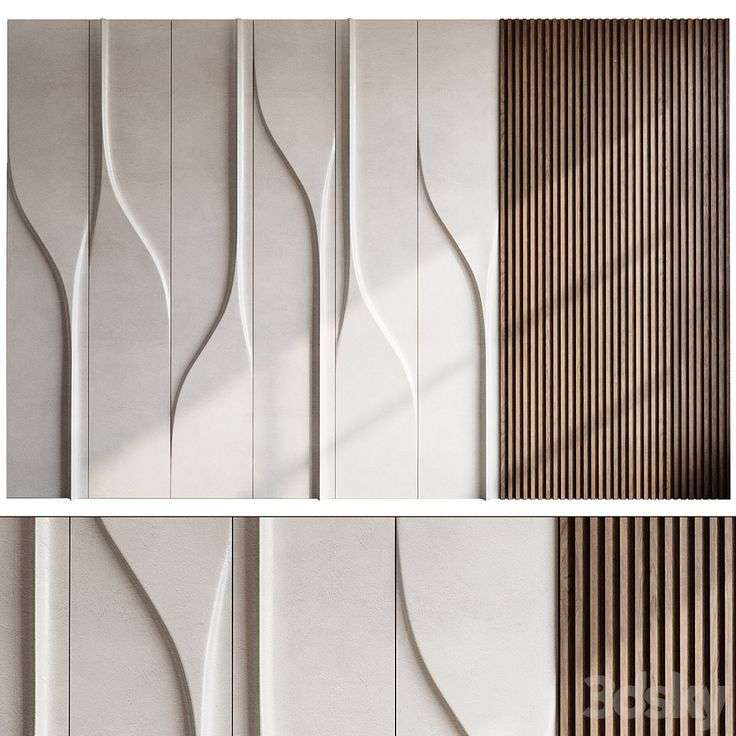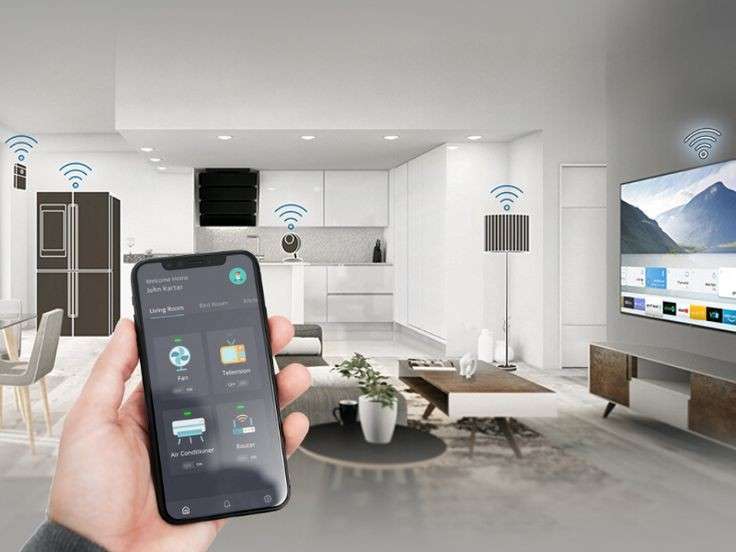Home staging has long been a key part of real estate marketing. Traditionally, staging a home involves physically decorating a space with furniture and accessories to showcase its full potential. However, advancements in technology have introduced a revolutionary approach—virtual staging. This innovative solution allows sellers and designers to digitally furnish and decorate homes, providing a visually striking transformation that’s both cost-effective and efficient.
Virtual staging is rapidly changing the way homes are designed and marketed, offering numerous benefits for homeowners, real estate agents, and buyers alike. Let’s explore how technology is reshaping the world of home design and the impact of virtual staging on the industry.

1. What is Virtual Staging?
Virtual staging uses computer software to digitally place furniture, artwork, and accessories in real estate photos. This process creates realistic visualizations of a space, helping potential buyers or renters to envision the home’s potential without the need for actual furniture or physical staging.
- No Physical Furniture: Unlike traditional staging, virtual staging doesn’t require moving furniture or setting up physical decor.
- Cost-Effective: Virtual staging is a fraction of the cost compared to traditional staging, which can be expensive due to the rental of furniture and accessories.
- Customizable Designs: Virtual staging allows designers and homeowners to experiment with different styles and layouts, creating multiple looks for a single space without extra cost.
2. The Benefits of Virtual Staging for Real Estate
Virtual staging has become a game-changer for the real estate market. It offers a variety of advantages for sellers, agents, and buyers, making it easier to visualize potential in properties.
- Cost-Effective and Time-Saving: Traditional staging can be time-consuming and costly. Virtual staging eliminates the need for physically moving furniture and accessories, saving both time and money. There’s no need for movers, decorators, or extensive setup.
- Fast Turnaround: Virtual staging can be done quickly, often within a matter of days, allowing sellers to list their property faster and more efficiently.
- Targeted Design Choices: Virtual staging allows sellers to cater to specific buyer preferences by customizing the design. For example, a modern space can be staged with contemporary furniture, or a traditional home can be staged with classic decor, appealing to different target audiences.
3. How Virtual Staging Enhances Property Marketing
In today’s competitive real estate market, first impressions are everything. Virtual staging gives properties a professional and polished look, making them more appealing to potential buyers. High-quality, visually stunning images of staged spaces can set a property apart from others and help it sell faster.
- Enhanced Visual Appeal: Virtual staging offers the ability to showcase a home in its best light by choosing the perfect furniture, decor, and color schemes to create an inviting and stylish atmosphere.
- Wide Reach: Virtual staging can be used across various platforms, including listing websites, social media, and online property listings, reaching a larger audience of potential buyers.
- Virtual Tours: Virtual staging can be paired with virtual tours or 3D renderings, allowing potential buyers to explore a home and view it in different layouts without stepping foot in the property.
4. Virtual Staging vs. Traditional Staging
While traditional home staging has its merits, virtual staging offers several key advantages, particularly in terms of cost and convenience. Here’s a comparison of the two:
- Cost: Traditional staging involves renting furniture, hiring a professional stager, and possibly even paying for storage, which can add up quickly. Virtual staging, on the other hand, is much more affordable, with minimal costs beyond the initial design fees.
- Flexibility: With traditional staging, you’re limited by the size and style of available furniture. Virtual staging allows for complete flexibility in selecting items and layouts that suit the space, providing endless design possibilities.
- Time and Effort: Traditional staging can take several days to complete, especially if the space needs to be fully furnished and styled. Virtual staging can be completed in just a few days, with designs being ready to showcase almost immediately.
5. Virtual Staging for Interior Designers and Homeowners
Virtual staging isn’t just for real estate—interior designers and homeowners can also benefit from this technology. Whether you’re planning to renovate, redesign a room, or just want to experiment with different decor styles, virtual staging allows you to visualize your ideas without committing to physical changes right away.
- Design Visualization: Virtual staging lets you see how different styles, furniture, and layouts will look in a room before making any purchases or changes. This can help you avoid costly mistakes and ensure that the final design is exactly what you envisioned.
- Perfect for Empty Spaces: If you’re moving into a new home and aren’t sure what furniture or decor will work best, virtual staging can help you test different configurations. It’s an excellent way to experiment with design ideas before purchasing new items.
- Renovation Planning: If you’re renovating a space, virtual staging can help you envision how the finished product will look with new features, colors, and furniture.
6. The Future of Virtual Staging
As technology continues to evolve, so does virtual staging. The future of this innovative tool looks incredibly promising, with advancements in AI and 3D modeling offering even more possibilities. Here are some trends to watch for:
- Augmented Reality (AR): AR will allow potential buyers or homeowners to “virtually” place furniture and decor in their space using their smartphones or tablets, giving them an interactive experience.
- AI-Generated Staging: Artificial intelligence will soon make it easier to generate fully customized staging for homes. AI can analyze a room and automatically suggest furniture and design elements based on the space’s dimensions, style, and functionality.
- 3D Renderings: 3D modeling and rendering will allow buyers and designers to explore spaces in a more immersive way, with accurate representations of how a space will look in real life.




This is a really good tip particularly to those new to
the blogosphere. Short but very accurate info… Thank
you for sharing this one. A must read article!
Thank you for the appreciation. Yes, technology has a good impact on our living. You can check out our social media as well for more tips.